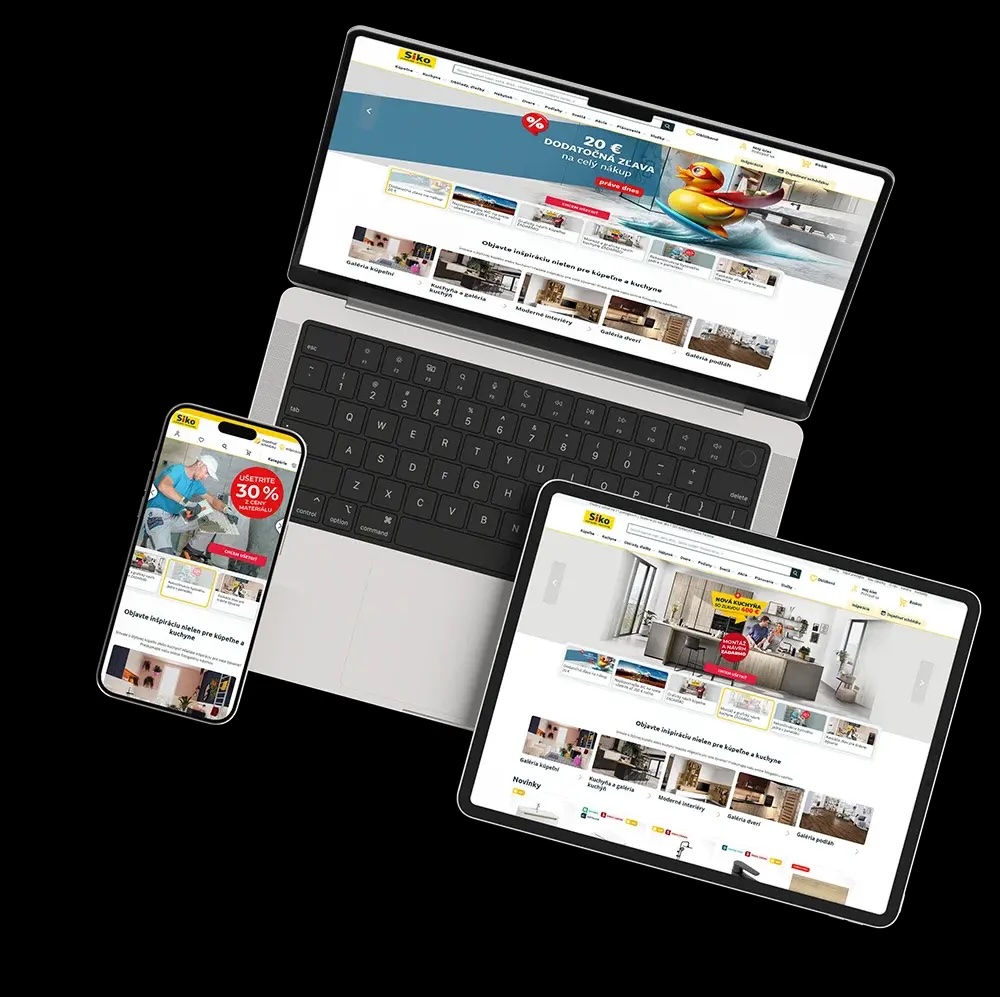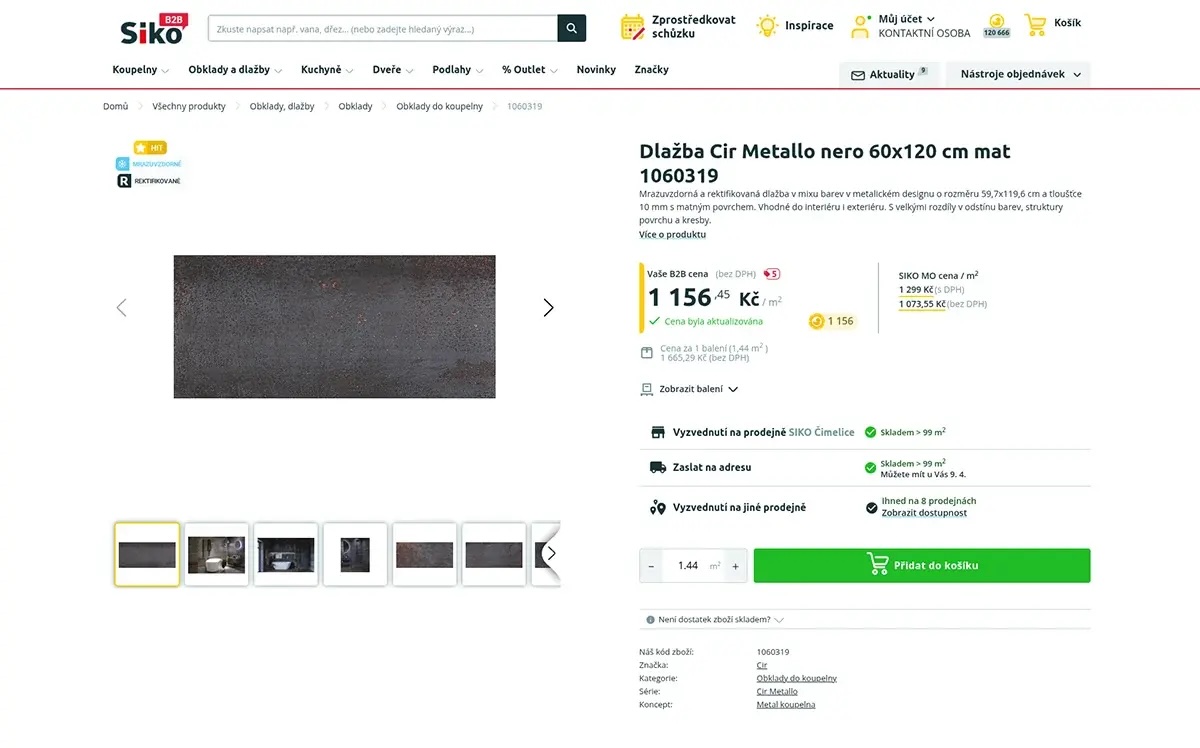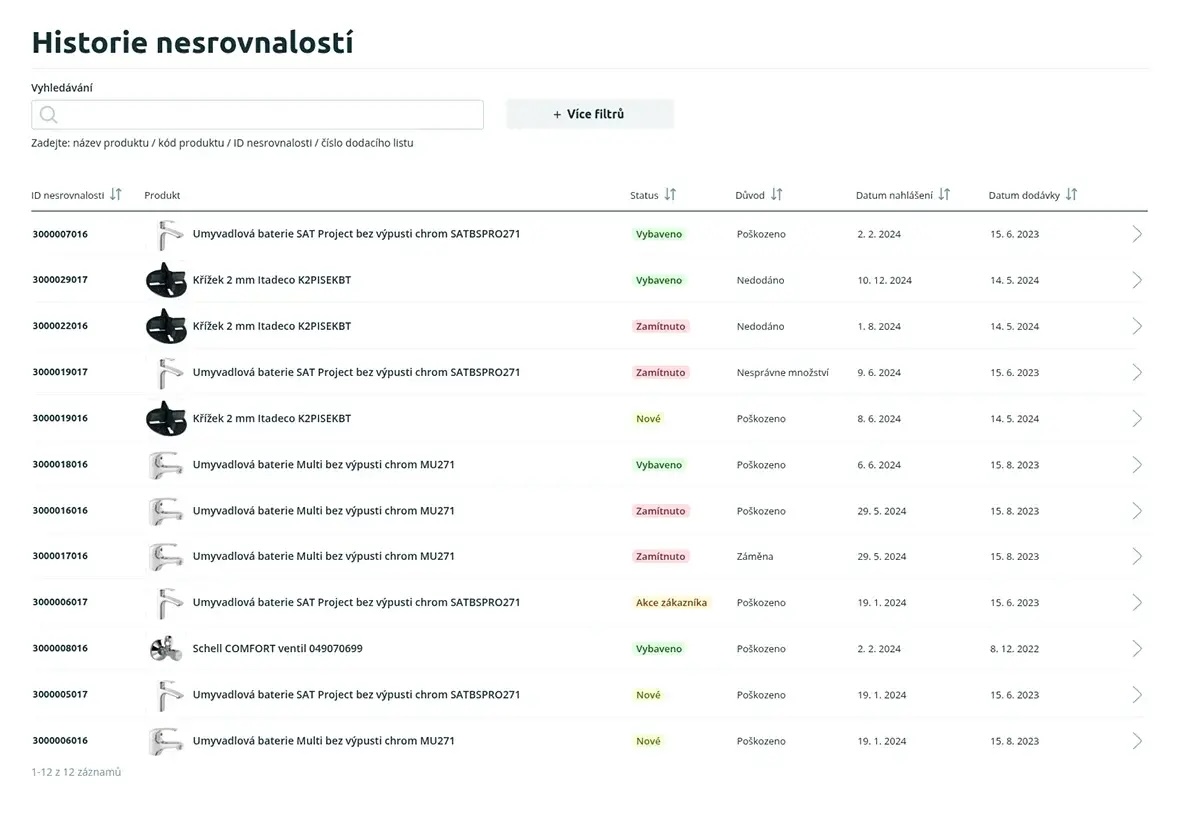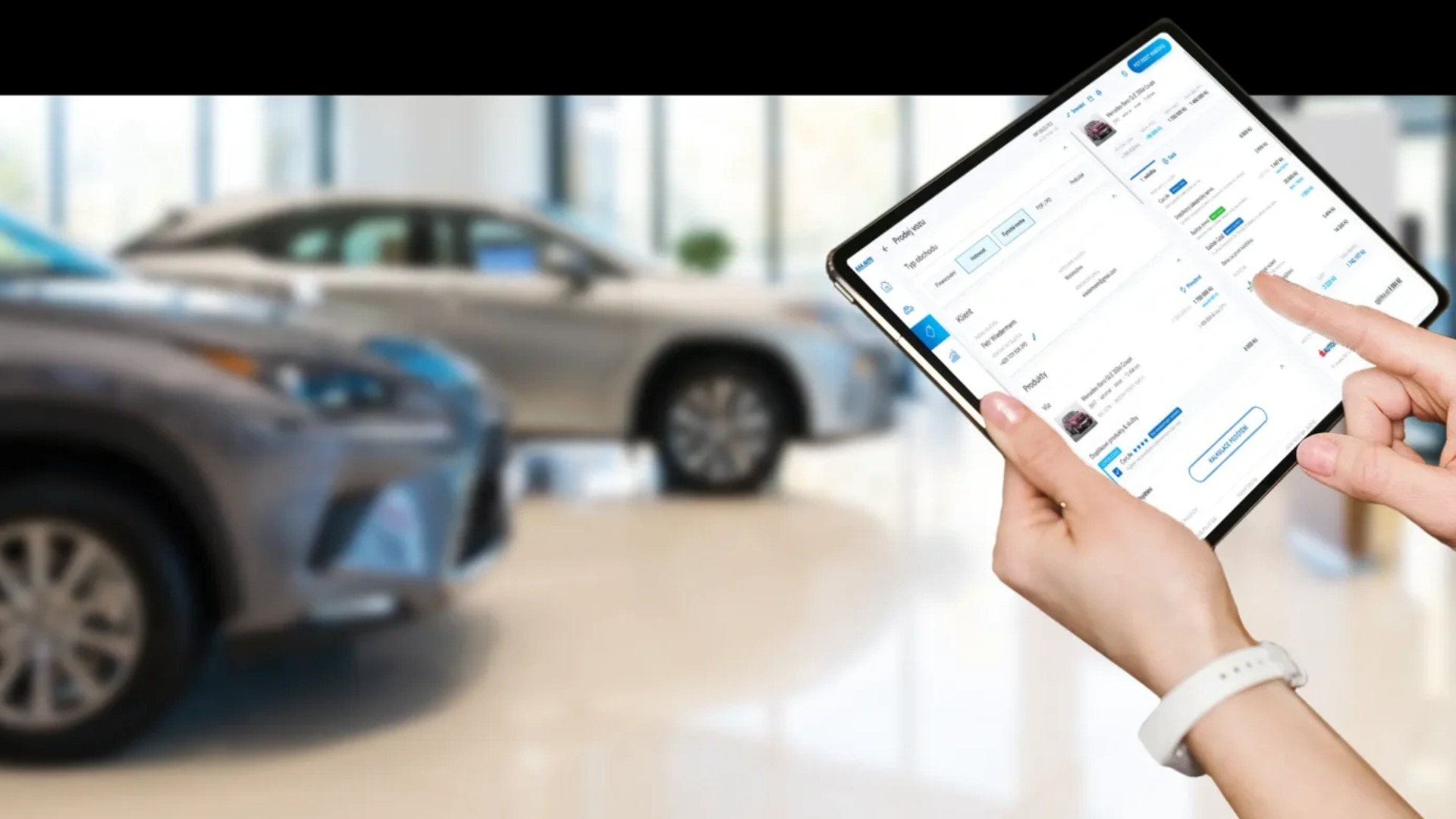
E-commerce Development



E-commerce Solution for the B2B Segment on SAP Commerce
Our client, SIKO originally relied on a custom-built platform for its B2B e-commerce operations, while its B2C online sales were already running on SAP Commerce. Over time, the legacy B2B system no longer supported the company’s evolving business strategy, rising customer expectations, or plans for international expansion.
To address these challenges, SIKO made the strategic decision to gradually migrate its entire B2B e-commerce channel to SAP Commerce. This move was backed by positive experience with the platform, its seamless integration with SAP ERP and SAP CRM, the ability to leverage existing B2C features—such as advanced product search, promotions, and personalized content—and the scalability needed to support global growth.
What was the main challenge in this project?
The challenge wasn’t just navigating the technical complexity of SAP Commerce—it was also about seamlessly integrating the new B2B solution into an already operational B2C platform, ensuring both channels could run side by side without disruption or overlap.
Given the intricacies involved, close collaboration with SAP experts was crucial. In addition, the project demanded a deep understanding of wholesale business logic and the specific behaviors and expectations of B2B customers.
What was your solution or approach?
1. Analysis of the original B2B solution and new client requirements
We started by thoroughly analyzing the existing B2B platform to understand its capabilities and limitations. From there, we designed a new system that retained the core functionality while aligning with SIKO’s updated business goals and the expectations of its B2B customers.
2. Codebase review and MVP development
Next, we examined the existing B2C codebase to identify components that could be reused in the new B2B environment. Based on this, our team built a solid technical foundation and defined the initial set of features for the minimum viable product (MVP).
3. Bug fixing and launch of the initial system version
Once the core features were in place, we entered a testing phase to identify and resolve critical issues. In parallel, we fine-tuned key functionalities and launched a “zero version” of the platform—a stable internal build used to validate system performance and core processes before going live with customers.
4. Phased migration of corporate customers
We adopted a gradual rollout strategy to transition B2B customers from the legacy system to the new platform. The migration began with customers who had simpler purchasing workflows, followed by those with more complex requirements. This approach ensured a smooth transition without disrupting the customer experience.
We also engaged a select group of customers early on to gather feedback. Their insights were instrumental in refining the user interface and enhancing features ahead of the full production release.
5. Integration with SAP CRM and SAP ERP
Integration ensured a unified flow of data, automated order processes, real-time display of customer-specific pricing and product availability, significantly reducing the need for manual operations.
6. Continuous feature development and iteration
After the platform went live, the project moved into a “business as usual” phase, with ongoing development cycles. New business requirements were captured, prioritized, and implemented in regular iterations to continuously evolve the platform.
7. Performance optimization
As the number of users and order volume grew across both B2B and B2C channels, performance optimization became a key focus. We refactored the codebase to eliminate bottlenecks, improved Core Web Vitals (including responsiveness, loading speed, and visual stability), and optimized database queries and API responses.
To further enhance performance, we implemented advanced caching strategies—such as HTTP header adjustments, Cloudflare integration, and SAP Commerce’s native caching tools—maximizing efficiency by leveraging available cloud resources.
What was the outcome or impact for the client?
Our client gained:
- A robust e-commerce solution tailored for the B2B channel, delivering a user experience that matches modern B2C standards while addressing the unique needs of business buyers.
- A scalable platform built to support international expansion without the need for major technical adjustments.
- Seamless integration with SAP systems ensures real-time access to product details, pricing, and availability across both digital and physical sales channels.
- An intuitive, modern interface that blends B2C-level design with features specifically built for B2B users.
- The digital transformation of the sales channel has enabled SIKO to engage more business customers and significantly streamline the purchasing journey.
Other case studies from Cassovia Code

E-commerce Development
Development of a Plugin for ONIX Integration for a UK Online Bookstore
APIREST APIwoocommerce

AI Development

Mobile App Development

Web & Software Development
Other e-commerce development case studies

E-commerce Development

E-commerce Development
E-commerce Development

E-commerce Development

E-commerce Development

E-commerce Development
DDigital Developments Ltd
5 Star Entertainment Events: The All-in-One Platform Revolutionizing Event and Talent Management.
NuxtPHPMySQL+1
Project Details
Need similar services?
Agencies providing e-commerce development
Posted this
C
We bridge technology and business, delivering end-to-end digital products, simplifying challenges, and empowering clients with exactly what they need and what they can skip.
T
Empowering Small Businesses With Digital Marketing Expertise 💻
4
Designing and Developing Digital Solutions for Brands
A
Best Web & Mobile App Development Company in India and UK
D
Creating digital solutions for businesses and users
A
Customized software development solutions for a digital world.
Q
P
Custom software development for a unique digital experience
Z
Transforming digital experiences for businesses
I
Web design company in Kochi, trusted since 2010